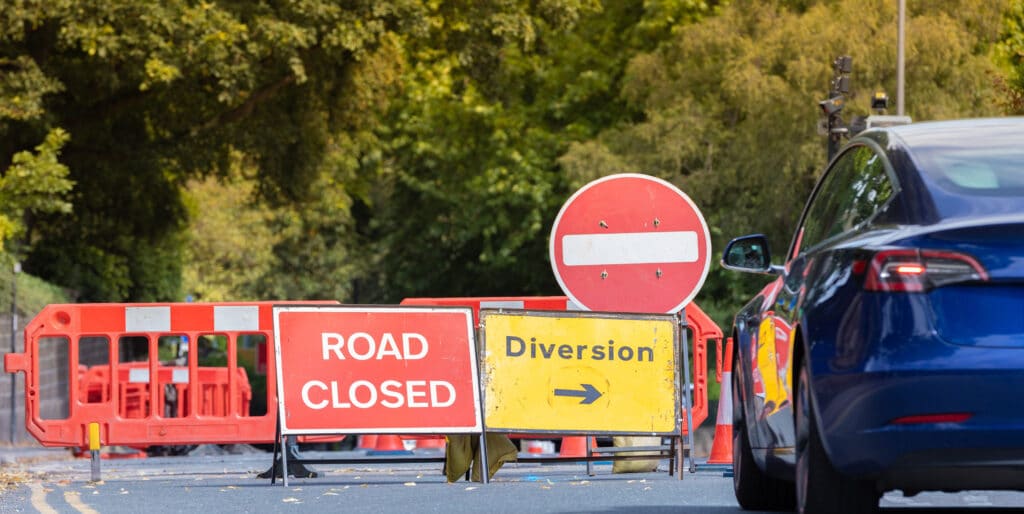The iRAP methodology provides a proactive analysis of risk present for vehicle occupants, motorcyclists, pedestrians and cyclists.
Road Survey
A camera is mounted on the windscreen of a vehicle and collects high-definition wide-angled video footage suitable for coding attributes not only on the roadway itself, but also on the roadsides. The videos are geo-referenced using the built-in GPS, which means that during coding it is possible to identify the location of road attributes along the route.
Road Coding
In the coding process, 50 attributes that are relevant to road safety outcomes are coded every 100m along each route in accordance with the iRAP Star Ratings and Investment Plans: Coding Manual [1] to create a data file/upload file compatible for upload to the iRAP online software ViDA. Quality assurance is completed in accordance with the same manual.
Processing
All iRAP surveys result in the same core coding file being produced and this is uploaded into the ViDA software for processing.
Star Ratings
This is done based on known relationships between road attributes and crash likelihood and severity using around 50 descriptors of the road and roadsides (sometimes described as attributes) and how the road is being operated (speeds and flows).
The iRAP model combines this information based on known relationships between the attributes and crash likelihood and severity, providing a detailed Star Rating Score by crash type for each road user type which is then banded to provide Star Ratings.
Star Ratings are based on road attribute data (information about the geometry and layout of the road such as lane width, junction type, presence and distance to roadside obstacles) relative to speeds. They provide a simple and objective measure of the level of safety built into roads for each of four types of road user: vehicle occupants, motorcyclists, pedestrians and cyclists. More about the model can be found on the iRAP website [2]. Star Rating information can be viewed using charts, tables and maps.
Star Ratings are typically presented in five bands, ranging from 1 star (high risk) to 5 star (low risk). When considering individual routes, however, the use of five bands may not be sufficiently granular to understand how risk varies at individual locations – for example, the question of whether a particular section is ‘low 3 star’ or ‘high 3 star’ may arise. Decimal Star Ratings effectively split each Star Rating band into ten ‘sub-bands’, meaning that you can differentiate between a low and high 1-star road for example with a 1.1 star road vs a 1.9 star road.
FSI estimation
Each iRAP project is calibrated based on overall historical crash data on the route or network surveyed. The model estimates future fatal and serious injuries at each 100m location by taking into account vehicle and non-motorised user flows.
Safer Roads Investment Plan
Over 100 countermeasures are then tested against the Fatal and Serious Injury estimates every 100m along the route. The effectiveness of treatments, based on published research, is used to determine their likely impact on expected fatal and serious injuries.
For example, if the model forecasts 20 head on loss of control vehicle occupant fatal or serious casualties along a particular route in the next 20 years, and central hatching typically reduces this risk by 17%, the application of this measure along the whole route would be expected to prevent 3.4 fatal or serious injuries.
The Safer Roads Investment Plan (SRIP) generated by the model compares the average cost of implementing measures against the value of preventing the casualties giving an indicative benefit-cost ratio for each measure.
User Defined Investment Plan
The User Defined Investment Plan (UDIP) is defined by the practitioner during the Route Review Process and using the Route Review Tool. Effectively the user is able to choose what countermeasures to implement and test the likely impact of these.
